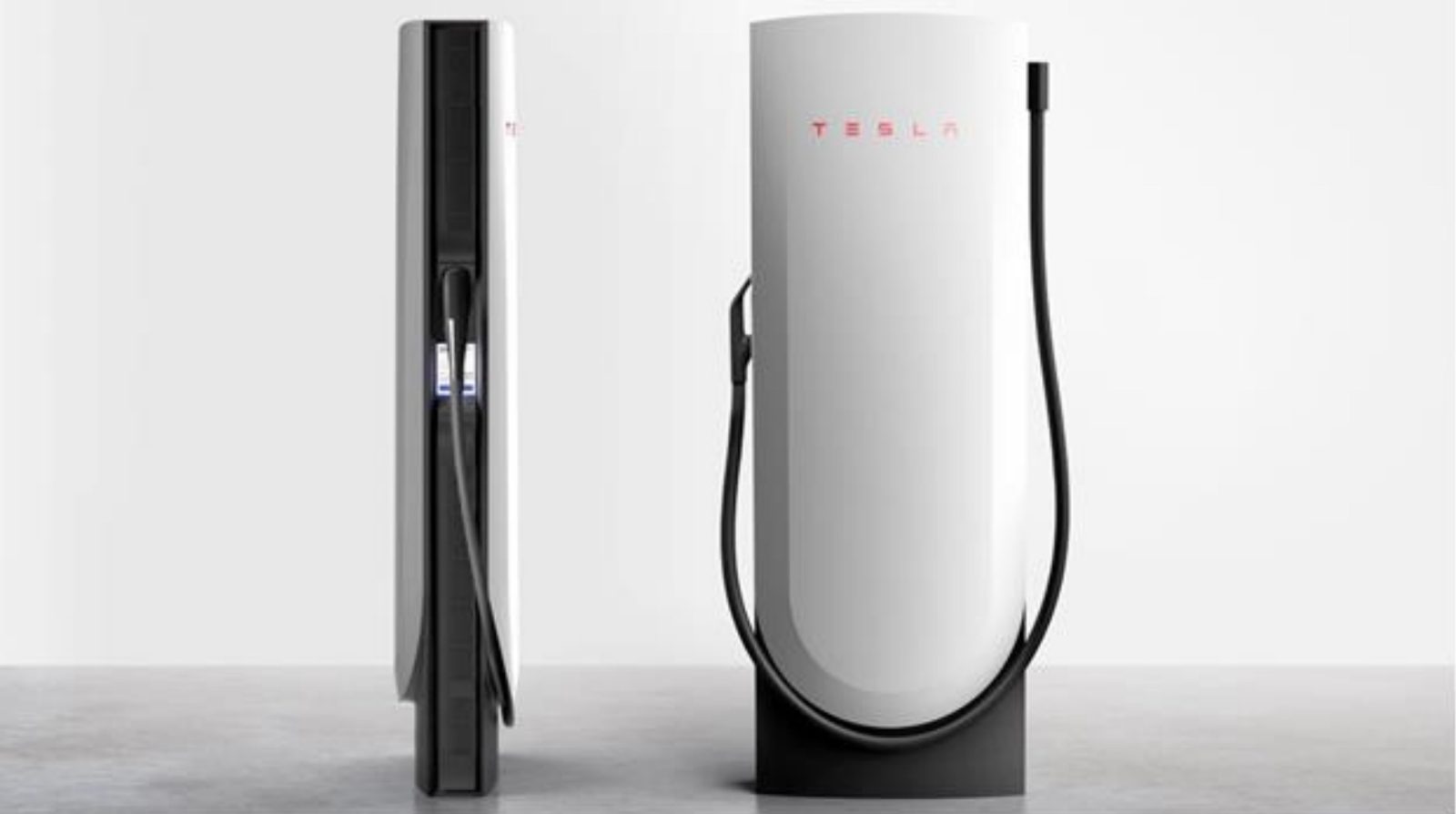
While I believe Tesla’s move to open its Supercharger network to other automakers is ultimately going to have a great impact on EV adoption, it is also a smart business move from Tesla.
Here’s the business behind Tesla opening its Supercharger network.
Tesla, to no fault of its own, has been using its Supercharger network as a moat in the North American EV market.
While most other automakers selling electric vehicles left the charging experience in the hands of third-party charging networks, Tesla built its own network, which is now widely recognized as the best, most extensive, and most reliable one.
It helped Tesla sell its electric vehicles and retain customer loyalty as Tesla owners would have a hard time going to another automaker and not being able to use the Supercharger network anymore.
However, Tesla never really intended to use the network as a moat. It simply happened as it developed its own charge connector early while the rest of the industry decided to go with the subpar CCS connector.
In 2022, Tesla ended up opening its charge connector, now known as NACS, to try to make it the new industry standard and North America. Over the course of the last year, all automakers ended up adopting the standard.
Ford was the first to get the ball rolling, and today, Ford EV owners are the first to get access to the Supercharger network. Soon, almost all EV owners in North America will be able to use the Supercharger network. First, with an adapter, but soon the NACS charge connector will be standard in all vehicles.
Tesla Supercharger Network becoming a business
It wasn’t long ago that Tesla wasn’t even charging Tesla owners for using the Supercharger network. It was purely a perk meant to create a better experience for Tesla owners.
As the fleet grew, Tesla naturally started charging for Supercharger usage.
Now that Tesla is onboarding Ford EV owners on the network, we are learning more about the business behind it and Tesla’s approach.
Unsurprisingly, Tesla is charging Ford EV owners differently than Tesla’s own EV owners. Looking at the costs at different charging stations in the US and Canada, it looks like Tesla is charging Ford EV owners about a 30% premium per kWh of charging at Superchargers on average.
That can get expensive really quickly.
Tesla offers a solution. Non-Tesla EV owners, like Ford’s EV owners, can pay a $13 per month Supercharging membership to pay the same price per kWh as Tesla owners:

It’s not a bad deal. If you use the Supercharger more than once a month, you’ll probably save money by having a Supercharger membership.
How popular is it going to be?
Electrek’s Take
There are currently over 2.5 million electric vehicles on US roads. Now, most of them are Tesla vehicles. So we can forget about the Supercharger membership for them.
But regardless, that number is expected to reach over 10 million vehicles by the end of the decade.
Top comment by Seth Krieger
As a non-Tesla driver, I expect to use the Tesla's charging network only if other viable, less expensive options are not available. I hope free market pressures will force the other networks to up their game to remain competitive. More reliable, well maintained, and numerous non-Tesla chargers would be great for us non-Tesla folks, and would also reduce the need for Tesla drivers to have to fight for space at their own chargers.
At that point, I can see Tesla selling Supercharger memberships to as many as 1 million EVs in North America alone. That would be a revenue of $13 million a month or $156 million a year, and that would likely only be a small fraction of its overall Supercharger revenues, which should be in the billions of dollars at that point.
I could see Tesla making over $1 billion a year in revenue just from non-Tesla EVs using the Supercharger network in North America by the end of the decade.
Globally, it should be three times that. Then, you include Tesla’s own EVs into the mix, and the Supercharger network is on a path to be a $10 billion business a year.
Last year, Wedbush estimated Tesla’s Supercharger network to be a $10 to $20 billion business per year by 2030.
FTC: We use income earning auto affiliate links. More.



Comments